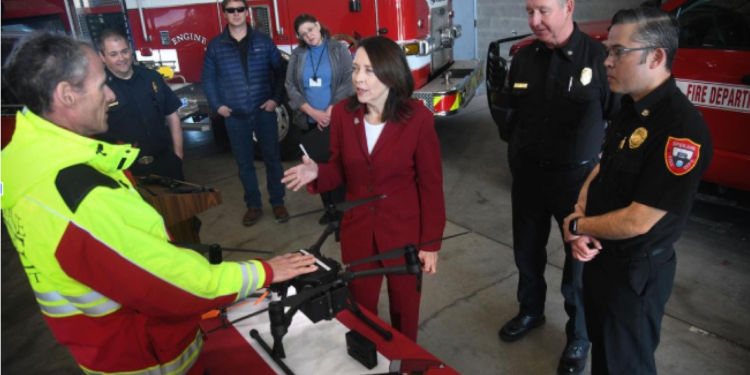
Webinar | Improving mission-critical outcomes with mesh-enabled location tracking
With new federal requirements for location tracking now in place, this free webinar will review the new mobile mesh networking technology solutions designed to address these challenges. Viewers will hear case studies from recent deployments and learn how agencies are already enhancing situational awareness and safety in the wildland today.
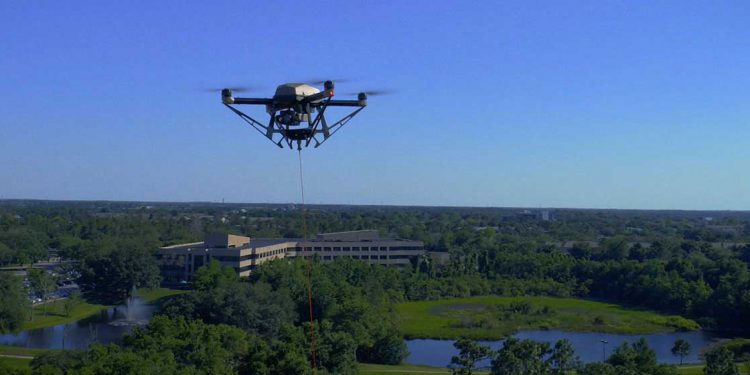
Tech Spotlight Series: Hoverfly on the tactical advantages of tethered drones
Unmanned aerial vehicles (UAVs) are flying high above today’s battlefields, special events, and disaster zones to provide critical situational awareness to tactical teams on the ground. But what happens when that military intelligence, surveillance, reconnaissance (ISR) mission or wildfire survey lasts days at a time? Untethered drones can only stay
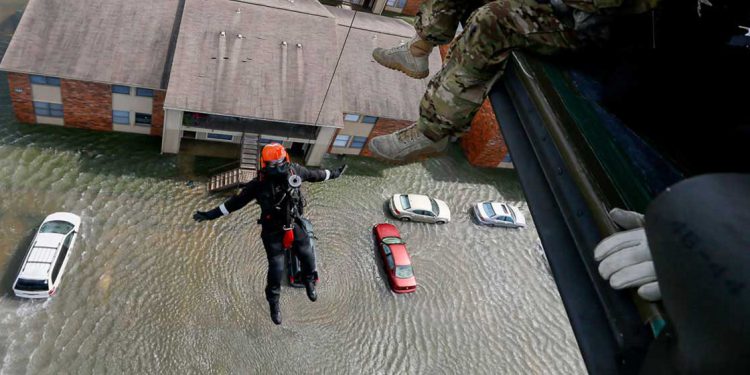
Why communications infrastructure is key to community disaster resilience
The past few months have been witness to a number of devastating natural disasters with no end in sight. Australian firefighters are still battling against a “mega blaze” that has burned more than 12 million acres of land and killed over 800 millions animals. On January 7, Puerto Rico was
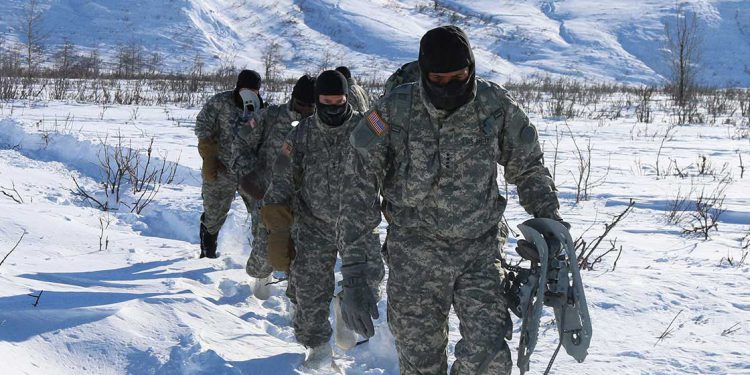
ATAK: The latest land navigation tool for the Army
This past June, I traveled to Alaska to conduct a product demonstration for the Army utilizing our goTenna Pro X mobile mesh networking solution. However, instead of simply showing the product to the Army and highlighting its capabilities and functions, they decided they wanted to see it in action for
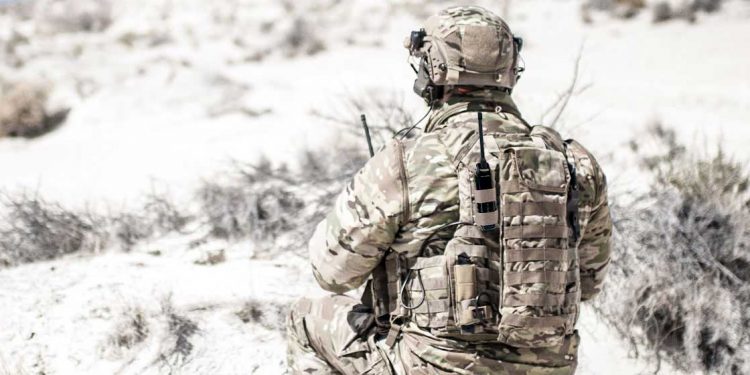
3 products to ruggedize and enhance your goTenna Pro deployment
For teams using ATAK and other apps for situational awareness, goTenna Pro and Pro X mesh networking devices are now becoming a standard part of their communications equipment load. Once paired with a smartphone or other end user device, goTenna Pro’s mesh networking technology allows teams to maintain core mobile
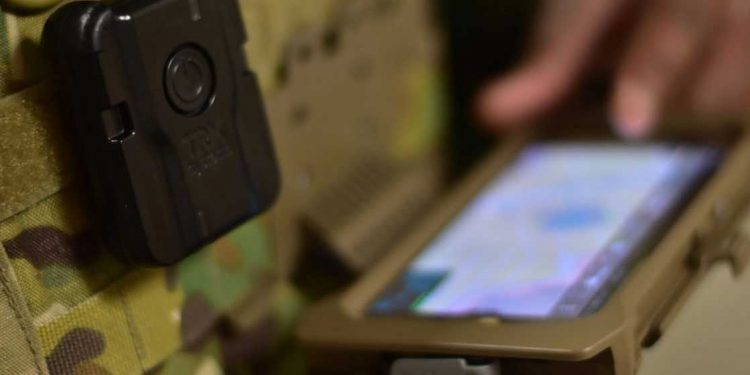
Tech Spotlight Series: TRX Systems on personnel tracking in GPS-denied environments
In previous articles on The Last Mile we’ve discussed the usage of mobile mesh networking for basic connectivity. Whether that be for the use of public safety officials or military personnel, mobile mesh networking bolsters situational awareness in areas or instances where radio signals are typically denied. But what happens
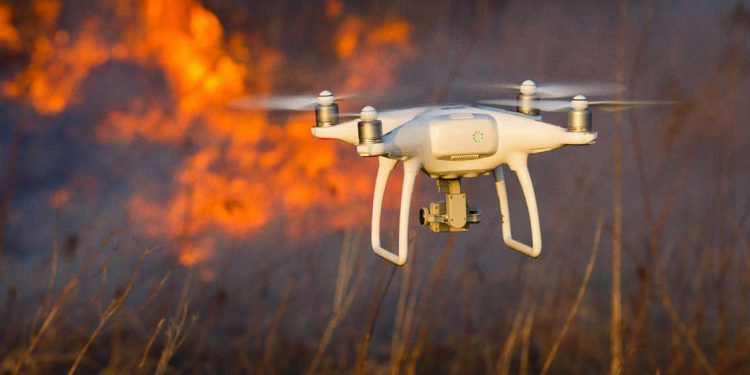
Look to the skies for the future of fighting wildfires
In my previous article on The Last Mile, I looked at the current state of the wildfire threat in the United States and how recent climate changes and shifts in our environment are not only making wildfires more frequent, they’re making them more destructive and deadly. In that article, I
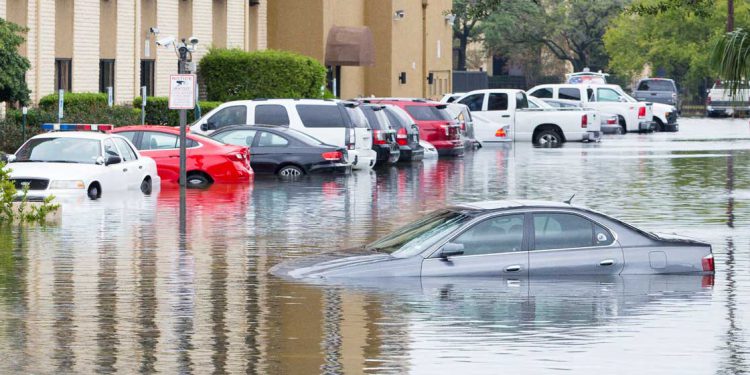
Podcast: Bringing satellite, mesh and mobile together for coordinated emergency response
As we’ve discussed in previous articles on The Last Mile, natural disaster and emergency response situations are not only devastating for their victims, they can be challenging for first responders. This is especially true in wildfires – which move unpredictably and quickly – and hurricanes – which are seemingly increasing
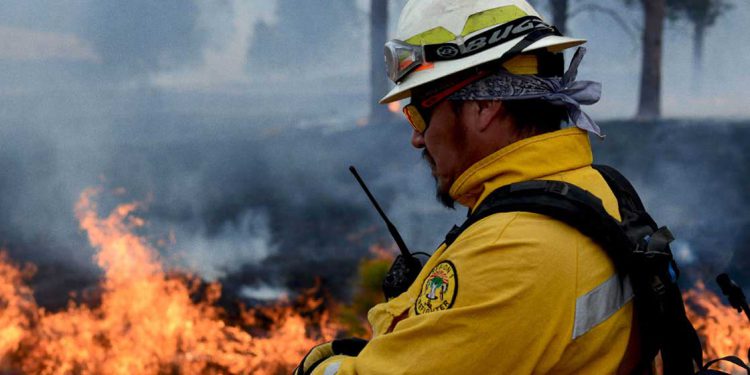
Denied in the heat of battle – why traditional radios fall short when battling a wildfire
The summer and fall months are peak wildfire season thanks to a combination of warm, dry weather, low precipitation and high winds. And these months are incredibly important for firefighters and emergency response organizations across the Midwest and the Pacific Northwest because of a wildfire’s sheer destructive potential. Just last
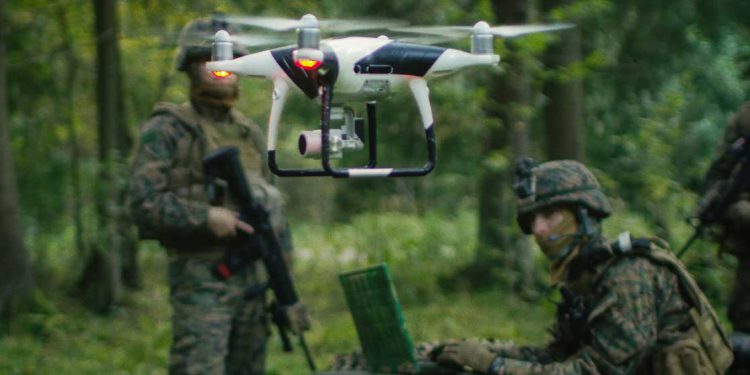
UAVs and ATAK – providing a full picture of the battlefield
The use of unmanned aerial vehicles (UAVs) – or drones as they’re more commonly known – for intelligence, surveillance, and reconnaissance (ISR) functions is incredibly important for today’s military. UAV intelligence and data – whether that be still images or real-time, high definition video – serves a key function in



